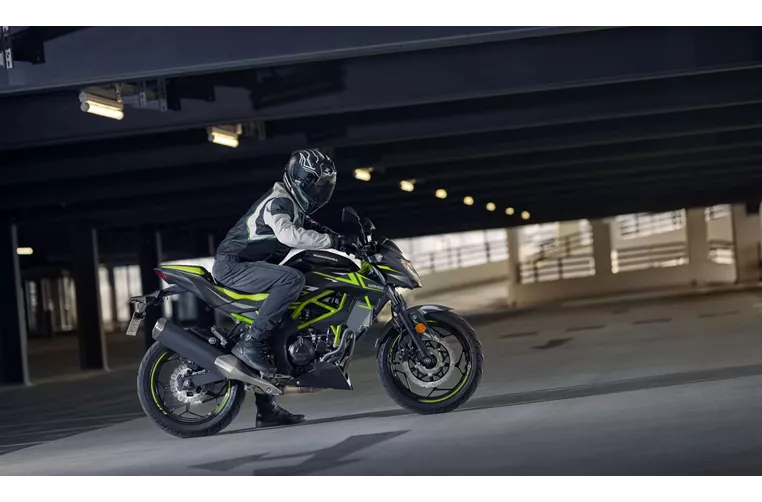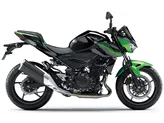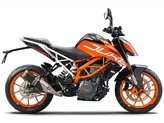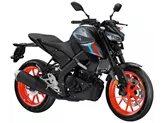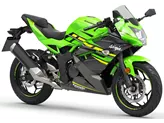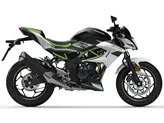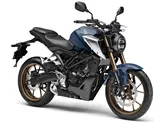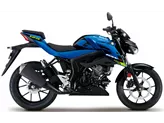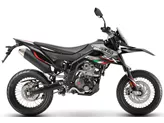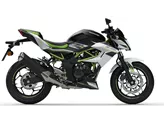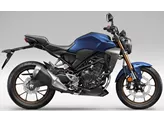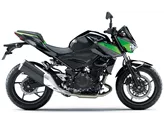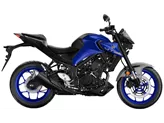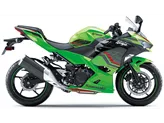Kawasaki Z125 2022 vs. Kawasaki Z 400 2019
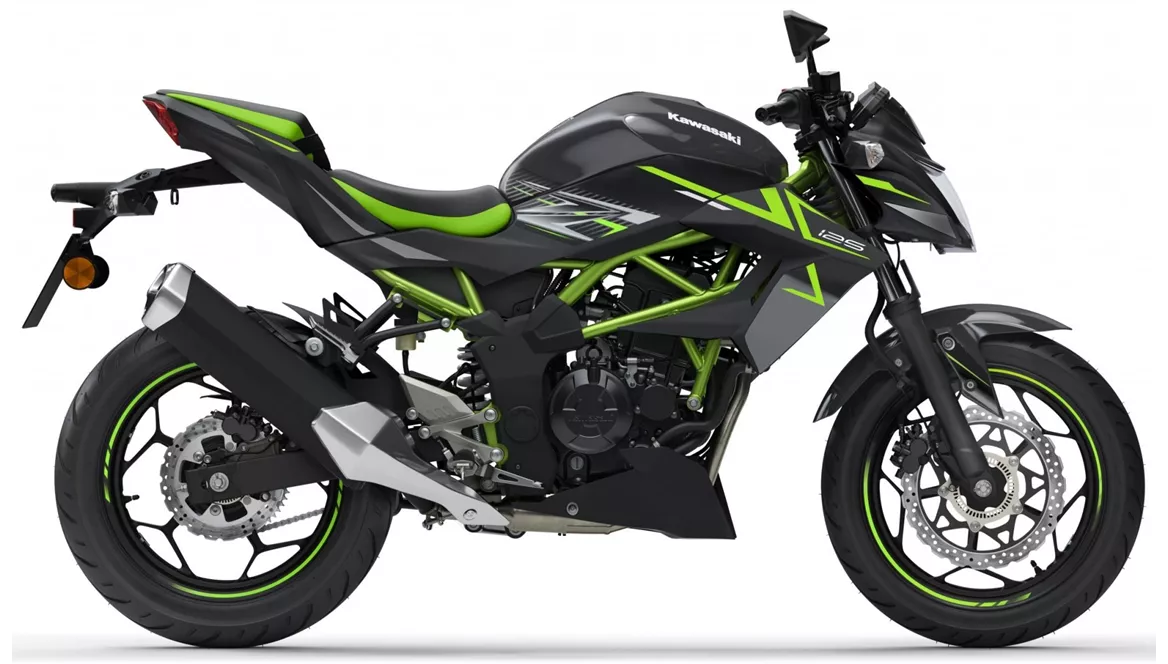
Kawasaki Z125 2022

Kawasaki Z 400 2019
Loading...
Overview - Kawasaki Z125 2022 vs Kawasaki Z 400 2019
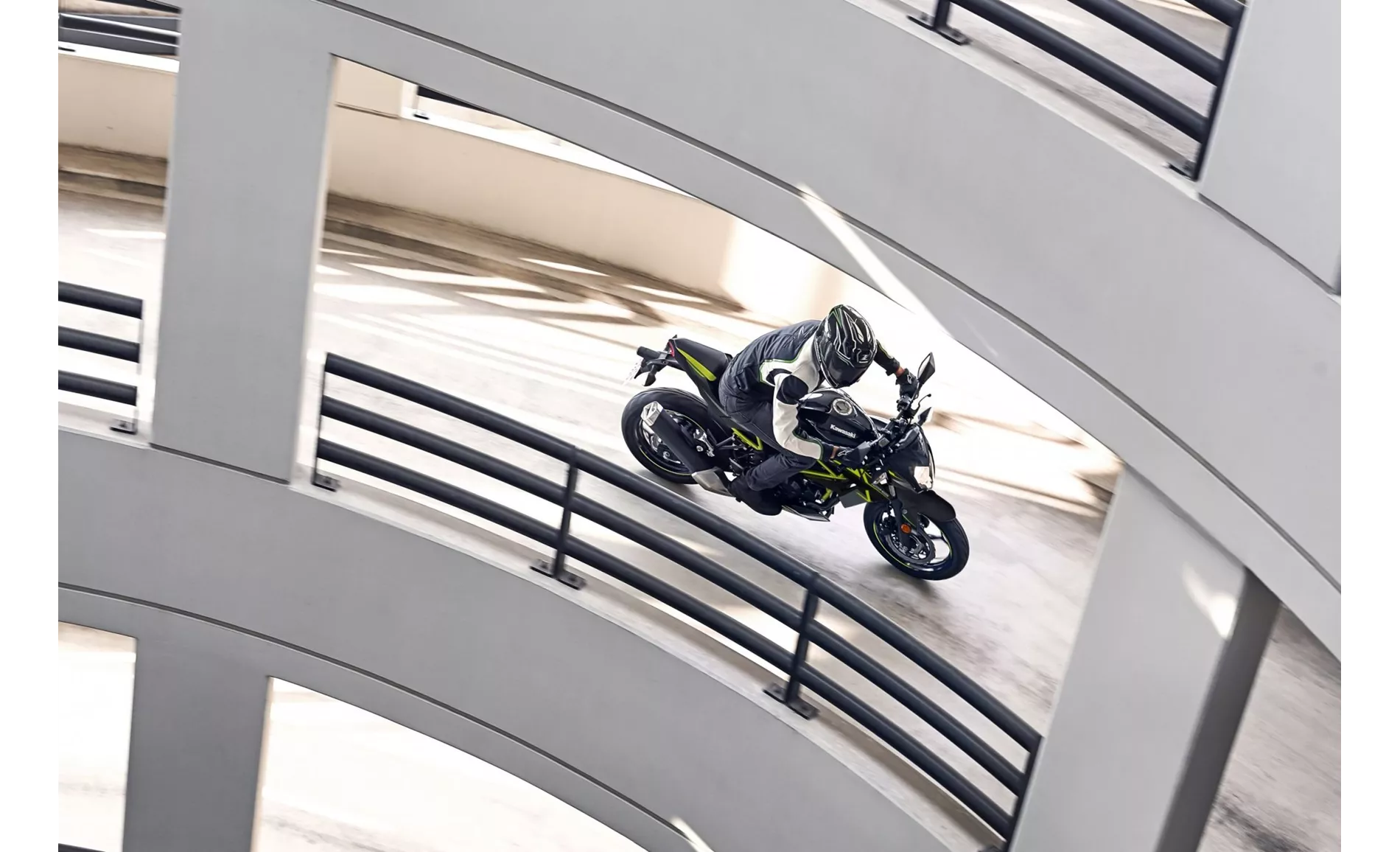
Kawasaki Z125 2022

Kawasaki Z 400 2019
Technical Specifications Kawasaki Z125 2022 compared to Kawasaki Z 400 2019
Pros and Cons in comparison
Pros and Cons in comparison
Kawasaki Z125 2022

Unfortunately, our editors did not test this model.
Kawasaki Z 400 2019

The Kawasaki Z400 is definitely a great evolution of its predecessor, the Z300. More power, less weight - all around, simply an even better bike. Above all, the linear power delivery and excellent handling make the Z400 an ideal entry-level bike. The ease of clutch operation and good chassis set-up are also in this vein, which is why the Z400 can be recommended to novice riders without hesitation.
Price Comparison Avarage Market Price Kawasaki Z125 vs Kawasaki Z 400
Price Kawasaki Z125
Model year
Current average market prices
Price Kawasaki Z 400
Model year
Current average market prices
